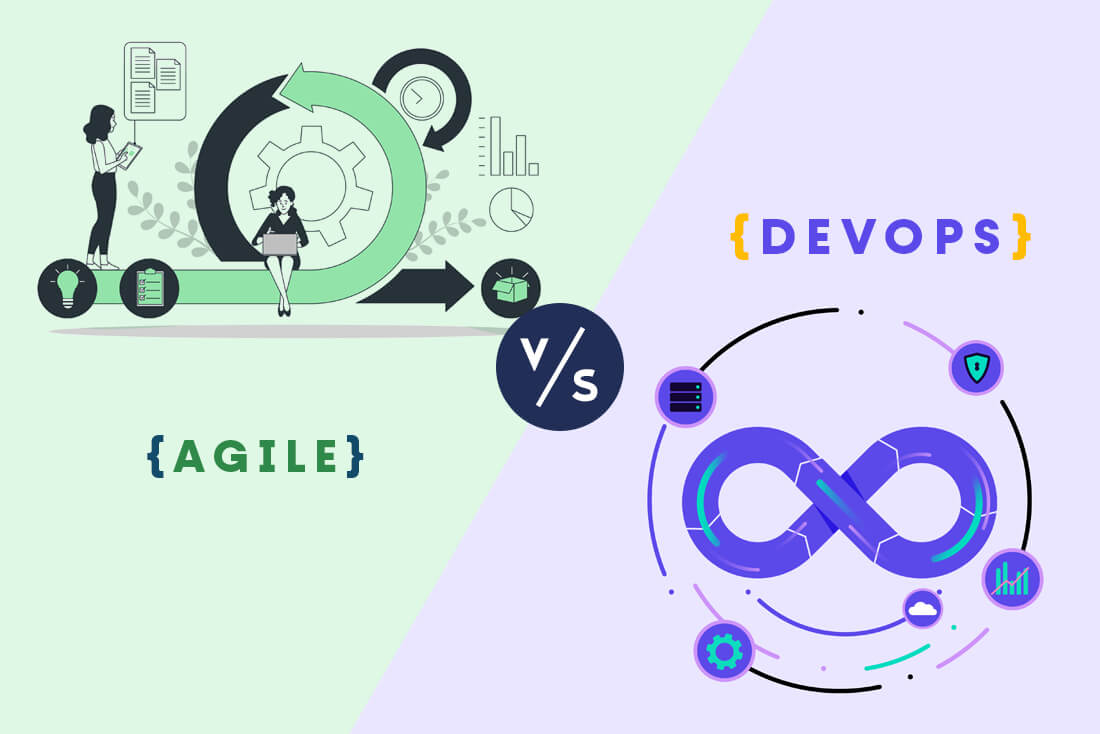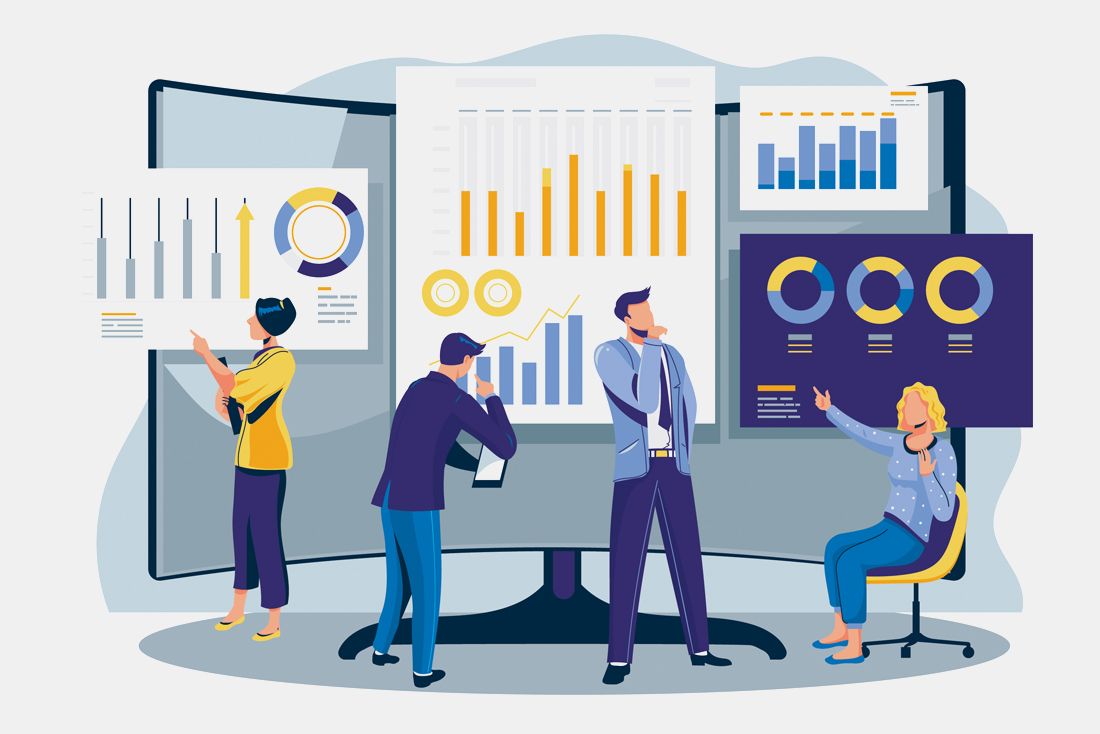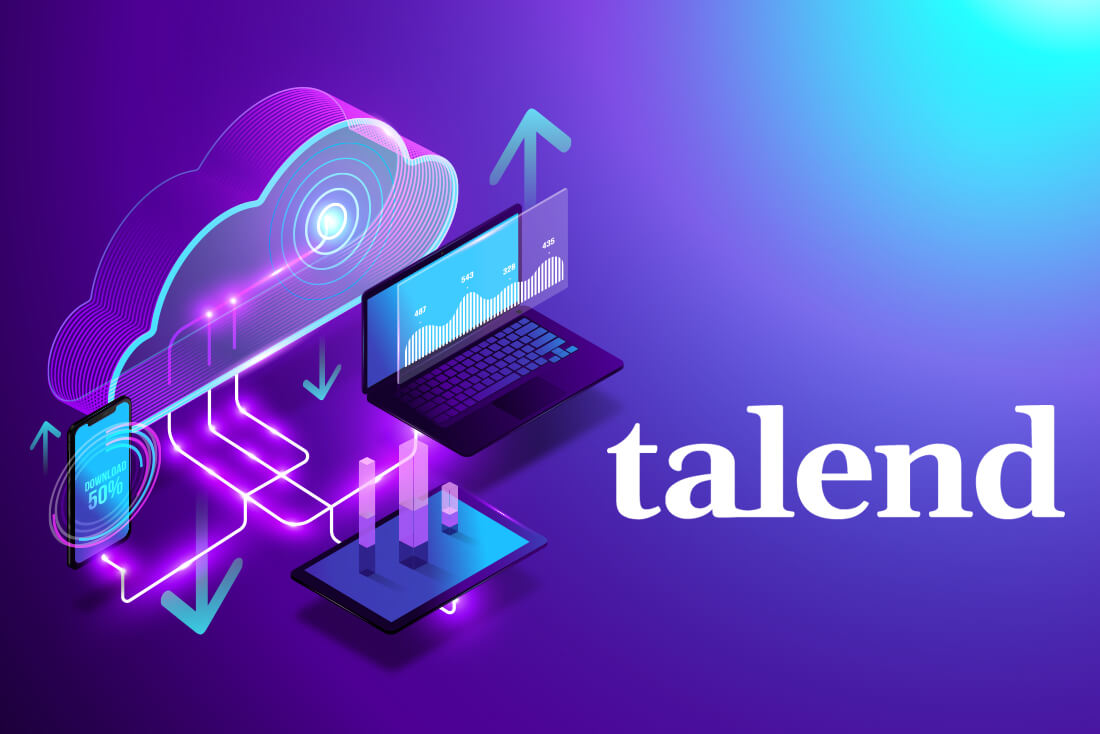
Agile vs DevOps: A Detailed Comparison
- Software Life Cycle
- August 02, 2024
- By Syed Ibrahim
Determining the software methodology for your project is a pivotal decision to help create high-quality, economical, and maintainable software within a reasonable time frame. Software methodology is one of the elements of the Software Development Life Cycle (SDLC) that is used to structure, plan, and control the process of developing software. This methodology can aid you to manage your projects effectively as it defines the route to be followed that steers the project to success. A well-defined methodology enables a project's ability to produce better estimates, deliver high-quality software, keep the client informed on status, develop a clear picture of the task at hand, and identify difficulties earlier.
The degree to which the software methodology is followed can effectively decide the success or failure of your project, regardless of the methodology that you select. There are several methodologies that you can use to design, plan, produce, and test the software. The software methodology to be used can be decided depending on your needs and the requirements of your project. The early 2000s saw the widespread adoption of the agile methodology, which changed the way we develop software and other products. But after a few years of being the industry standard, it was found that the operations team who delivers and manages the software products had been overlooked. This resulted in DevOps - a methodology that brought together the development and operations team. In this article, we are focusing on two of the software methodologies – Agile and DevOps.
What is Agile?

Agile is an iterative method for software development that emphasizes on teamwork, customer feedback, and quick releases. Unlike the waterfall method, both development and testing activities are done simultaneously. The incremental, iterative, and evolutionary development is the focus of this software development methodology. In this methodology, the development of software is done in small batches and these small batches are integrated for final testing. This methodology involves close collaboration with stakeholders. The changes are continuously incorporated and a usable version of the product is frequently released. The agile methodology can be implemented in many ways, such as Kanban, Extreme Programming (XP), Scrum, and so on. The Agile software development focuses on the four core values of the Agile Manifesto:
- Working software over comprehensive documentation
- Responded to change over following a plan
- Customer collaboration over contract negotiation
- Individual and team interaction over the process and tools
What is DevOps?

DevOps is software development methodology that helps teams to build, test and release software rapidly and more reliably by incorporating agile principles and practices. The objective of DevOps is to bridge the gap between development team who creates the software and the operations team who deploys and manages the software in production. The outdated method of building applications by development teams and handing them off to an operations team to deploy and manage the software with little knowledge of how it was created has been replaced by DevOps. Developers and operations teams collaborate closely in creating, deploying, and managing applications in a DevOps environment.
The two popular frameworks for comprehending DevOps are CALMS and Three Ways. The acronym CALMS stands for Culture, Automation, Lean, Measurement, and Sharing each of which are detailed below:
- Culture refers to the cultural change that makes operations and development more integrated.
- Automation speeds up production and improves quality.
- An experimental mentality is built on the lean ideals of continual improvement and embracing failure.
- Measurement is the process of evaluating outcomes to enhance operations.
- Sharing accentuates the significance of DevOps as a team endeavor and implementing best practices.
The DevOps Three Ways include:
- Systems thinking: Understanding that software applications are complex systems.
- Amplifying feedback loops: Improve bidirectional communication between teammates.
- Cultural change: Culture of continuous experimentation and learning.
What are Differences and Similarities between Agile and DevOps?
| Agile | DevOps |
|---|---|
| Continuous iterative approach which focuses on collaboration, customer feedback, and rapid releases. | Helps teams to build, test and release software rapidly and more reliably by incorporating agile principles and practices. |
| Emphasizes on collaboration between developers and product management. | Emphasizes on collaboration between developers and operations team. |
| Centers flow of software from ideation to code completion. | Extends the focus to delivery and maintenance. |
| Manages complex projects. | Manages end-to-end engineering processes. |
| Focuses on constant changes. | Focuses on constant testing and delivery. |
| Development is managed in units of “sprints.” This time is much less than a month for each sprint. | The ideal goal is to deliver the code to production daily or every few hours. |
| Feedback comes from the customer. | Feedback comes from the internal team. |
| Requires a small team. | Requires a relatively large team. |
| Focuses on functional and non-functional readiness. | Focuses on operational and business readiness. |
| Priority is continuous delivery. | Priority is continuous deployment. |
| Target area is software development. | Target are is to give end-to-end business solutions and fast delivery. |
| Scrum is most common methods of communication. Daily scrum meeting is carried out. | Communication involves specification and design documents. |
| Gives priority to the working system over complete documentation. | Gives priority to process documentation because it will send the software to the operational team for deployment. |
| No emphasis on automation. | Primary goal is automation. |
| Some tools are JIRA, Bugzilla, Kanboard. | Some tools are Puppet, Chef, TeamCity OpenStack, AWS. |
The Agile Manifesto places a high priority on individuals and interactions, working software, collaborating with customers, and adjusting to change. These are undoubtedly the same principles as DevOps, but they have been expanded to include system management and executing apps in addition to the development process.
When do Agile and DevOps Work Together?
DevOps can be viewed as an advancement of agile methodologies or as a necessary component of agile. The agile approach's innovations can be applied to operations processes. At the same time, it's a crucial component of agile, as several agile principles can only be fully implemented when DevOps techniques are used. For instance, continuous delivery of software is mentioned frequently in agile publications, but as delivery pipelines also address operations-related issues, continuous delivery is typically seen as a DevOps strategy. Improved team communication is necessary to increase feedback loops. Through its multiple ceremonies such as daily standups, planning meetings, and retrospectives, Agile, and particularly scrum, aids in facilitating this communication.
Both Agile and DevOps aim to increase the efficiency and quality of software and provide a guided approach to build software. Here at Analystor, we see both these methodologies from the client’s perspective based on the client’s requirements.
- January 21, 2025
Accelerate Your Journey to ROI with Low-Code Development
- November 26, 2024
Microservices Architecture: An alternative to monoliths
- August 02, 2024
Agile vs DevOps: A Detailed Comparison
- June 22, 2024
Enhancing Efficiency of Big Data Projects with Talend
- July 01, 2024






